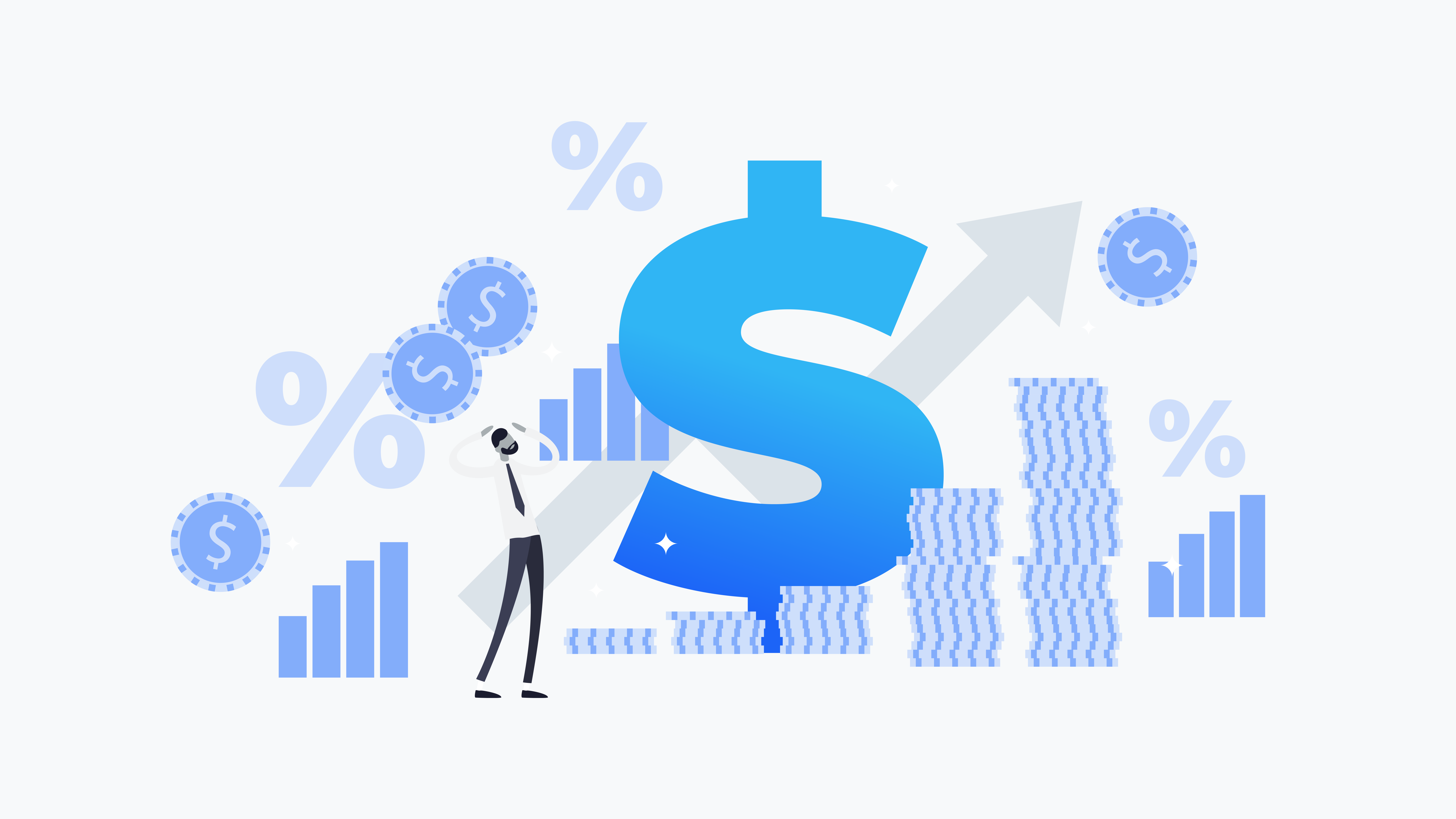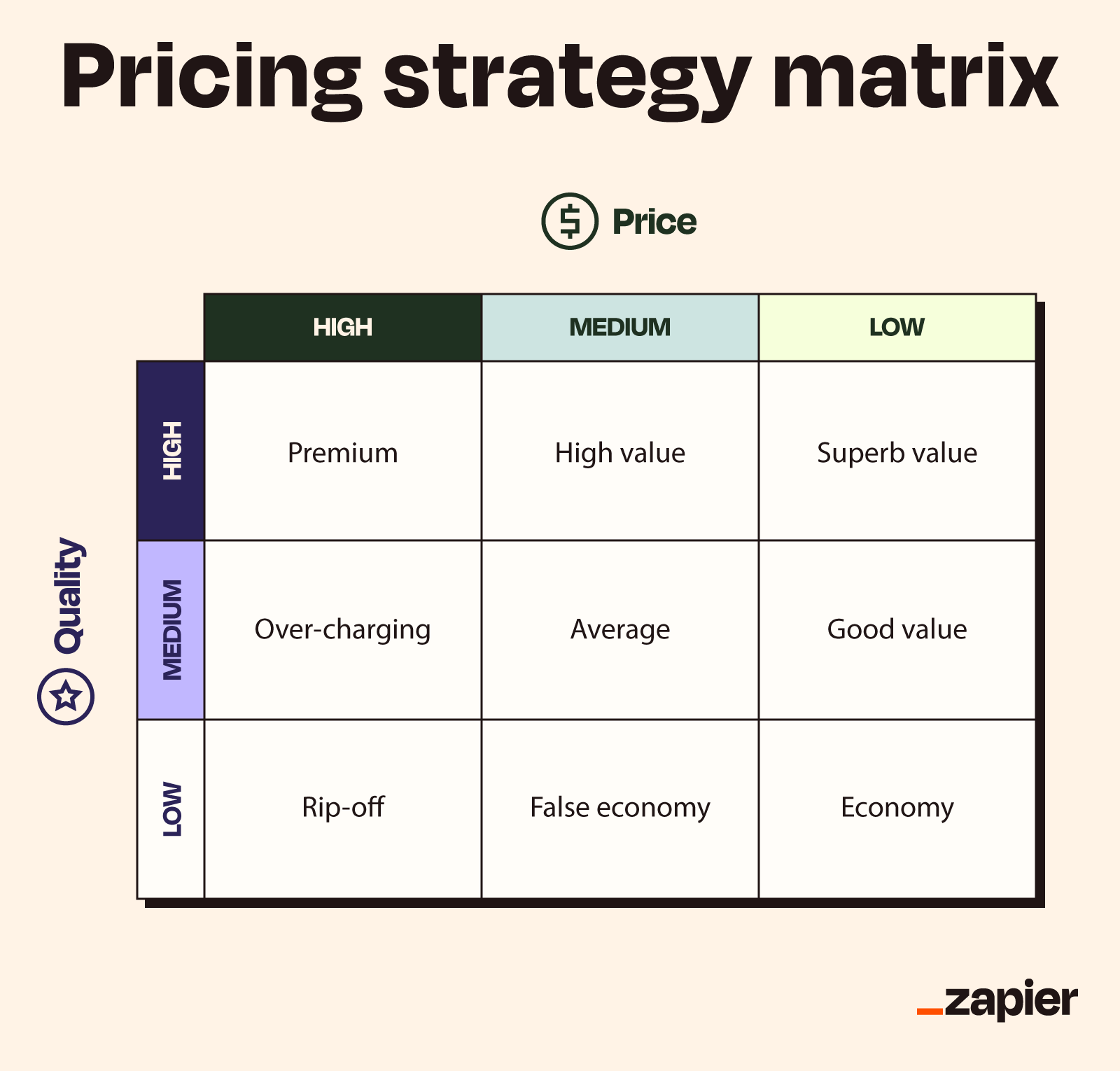
Master Effective Prices Techniques to Maximize Profit
In the ever-evolving landscape of commerce, grasping reliable pricing strategies is important for organizations aiming to optimize revenue. A nuanced understanding of prices psychology can considerably influence client behavior and purchasing choices. In addition, utilizing value-based and vibrant rates versions permits organizations to adjust to market variations and consumer sentiment. However, the complexity of rival analysis and ongoing efficiency assessment increases important questions concerning the sustainability of these approaches. What specific techniques can be applied to make certain lasting success and consumer loyalty in this competitive environment?
Recognizing Prices Psychology
Comprehending rates psychology is crucial for businesses intending to optimize their pricing methods. This field analyzes just how customers regard prices and how these understandings influence their acquiring decisions. Key ideas in pricing psychology include the anchoring effect, where the first cost offered works as a recommendation factor for customers, and the principle of rate sensitivity, which differs among various client sections.
In addition, organizations can take advantage of the idea of perceived worth, where the perceived benefits of a product or solution can justify a higher cost point. For circumstances, costs prices can create an aura of exclusivity, bring in consumers who link higher rates with exceptional quality. On the other hand, emotional rates, such as setting a rate at $9.99 instead of $10, can considerably affect consumer habits by making prices appear more attractive.
Additionally, shortage and necessity can boost the perceived value of items, motivating quicker getting choices. Understanding these emotional triggers allows businesses to develop rates strategies that not just drive sales but additionally foster client commitment. Thus, understanding prices psychology is vital for efficient prices method formula, bring about improved productivity and market positioning.
Carrying Out Value-Based Prices

Next off, sector your consumers based on their determination to pay and the worth they perceive. By doing so, you can tailor offerings and rates techniques to straighten with different sections.
Continuously keep track of market conditions and client responses to improve your pricing method over time. By executing value-based prices, companies can enhance profitability while cultivating lasting client commitment.
Discovering Dynamic Rates Designs
In today's rapidly altering market landscape, dynamic pricing models have become a powerful approach for organizations seeking to enhance income and react to changes in need. These versions permit firms to adjust their costs in real-time based on different factors such as customer habits, market fads, and stock degrees. By leveraging information analytics and algorithms, organizations can recognize optimum prices points that maximize sales while remaining competitive.
Dynamic prices can take various forms, including time-based prices, where costs change based on time of day or period, and demand-based pricing, which readjusts rates according to present customer need. This versatility not just enhances success but also enhances customer fulfillment by providing costs that show real-time market problems.
Carrying out dynamic pricing calls for a robust technological facilities and a deep understanding of client segments. It is essential for organizations to check market signals and consumer reactions constantly, making certain that pricing techniques straighten with broader service goals. In addition, clear interaction about rates modifications can help minimize customer dissatisfaction and foster trust, ultimately leading to continual success in an affordable industry. Welcoming dynamic pricing can therefore be a transformative approach in the quest for making the most of revenue.
Analyzing Competitor Pricing
Monitoring competitor rates is important for services aiming to maintain an one-upmanship in their particular markets. By evaluating rivals' this website pricing approaches, business can determine market fads, recognize customer choices, and change their rates appropriately. This analysis involves gathering data on competitors' rates, marketing approaches, and product offerings to notify prices decisions.
To effectively examine rival prices, organizations must make use of numerous devices and methods, such as cost monitoring software program, marketing research records, and client responses. This information can disclose how competitors position their product or services, allowing services to differentiate their offerings or adopt similar strategies to continue to be pertinent.
Additionally, it is vital to categorize competitors into indirect and straight rivals. Straight competitors offer comparable services or products, while indirect competitors might accomplish the exact same consumer requirement with different options. Understanding the subtleties between these groups will enable services to tailor their rates techniques better.
Eventually, ongoing competitor rates evaluation is essential for making enlightened pricing decisions. It permits businesses to stay agile in response to market shifts, ensuring they can seize possibilities and minimize threats linked with pricing techniques.
Reviewing Prices Performance
Recognizing how rival pricing influences market characteristics results in an all-natural concentrate on examining rates performance within one's own service. This assessment is critical for determining areas of strength and chances for renovation, inevitably improving earnings.

Furthermore, performing routine rates audits can reveal disparities between anticipated visite site and actual efficiency. This involves contrasting pricing data across various segments and networks to understand variances and identify patterns. Integrating client comments can provide insights right into regarded worth versus real pricing, making certain placement with market expectations.
Last but not least, leveraging data analytics devices can promote deeper insights into rates efficiency, allowing companies to make data-driven adjustments (Pricing Strategy). By constantly examining pricing performance, companies can adjust to market adjustments and maximize their approaches, ensuring sustained profitability in an affordable landscape
Verdict
By leveraging pricing psychology, services can boost perceived worth and tailor pricing to diverse client segments. The adoption of vibrant and value-based pricing designs promotes real-time modifications based on demand and consumer desire to pay.
Recognizing rates psychology is crucial for organizations intending to maximize their pricing techniques. Recognizing these mental triggers makes it possible for services to formulate rates methods that not only drive sales however also foster customer loyalty. Hence, grasping rates psychology is necessary for effective prices method solution, leading to boosted profitability and market positioning.
By examining competitors' prices techniques, firms can identify market trends, understand consumer choices, and change their prices appropriately. By leveraging prices psychology, companies can enhance viewed value and tailor pricing to varied consumer segments.